Frequently Asked Questions (FAQ)
Q3. What can I do if I forgot the router’s web management password?
• Refer to FAQ > Q2 to reset the router, and then use the default admin (all
lowercase) for both username and password to log in.
Q4. What can I do if I forgot my Wi-Fi password?
• If you have not changed the default wireless password, it can be found on the
label of the router.
• If you have changed the default wilreless password, please refer to FAQ > Q2 to
reset the router and go through the Quick Setup again.
Q5. What can I do if my wireless signal is unstable or too weak?
It may be caused by too much interference.
• Set your wireless channel to a different one.
• Choose a location with less obstacles that may block the signal between the travel
router and the host AP. An open corridor or a spacious location is ideal.
• Move the router to a new location away from Bluetooth devices and other
household electronics, such as cordless phones, microwaves, and baby monitors,
etc., to minimize signal interference.
• When in Repeater mode, the ideal location to place the router is halfway between
your host AP and the Wi-Fi dead zone. If that is not possible, place the router closer
to your host AP to ensure stable performance.
Q1. What can I do if there is no Internet access?
• If you are using a cable modem, unplug the Ethernet cable and reboot the
modem. Wait until its Online LED is on and stable, and then reconnect the cable
to the modem.
• If your’re in a hotel room or on a trade show, the Internet may be limited and
requires that you authenticate for the service or purchase the Internet access.
• If Internet access is still unavailable, contact TP-LINK Technical Support.
Q2. How do I restore the router to its
factory default settings?
• With the router powered on, use a pin
to press and hold the RESET button for
about five seconds until all the LEDs
start flashing. Then release the button.
1. Switch the operation mode to Share Hotspot and plug the router’s
adpater into an electrical outlet.
2. Connect your device to the router wirelessly or via an Ethernet cable. The
Wi-Fi network name and password are on the router’s label.
3. Launch a web browser and enter http://tplinkwifi.net in the address bar.
Log in with admin (in lowercase) for both username and password.
4. Click Quick Setup to start the configuration. Select your Time Zone and
click Next.
5. Select your WAN Connection Type. If you’re not sure, please consult your
ISP. Then follow the screen instructions to continue.
6. Select 2.4GHz OR 5GHz, click Survey to find the corresponding network
of the WISP and click Choose. Enter the password and click Next.
7. Either customize your
Network Name
and
Password
for the
2.4GHz/5GHz wireless network or keep the default ones, and then click
Next
.
8. Click Save to apply the configurations.
1. Switch the operation mode to Share ETH and connect the hardware
according to Step A to D in the left diagram.
Tips: Plug a 3G/4G USB modem with a SIM/UIM card into the 3G/4G USB port as needed.
2. Connect your device to the router wirelessly. The Wi-Fi network name
and password are on the router’s label.
Check whether you can access the Internet.
- If yes, neglect the steps below and enjoy the Internet.
- If no, continue with the steps below.
3. Launch a web browser and enter http://tplinkwifi.net in the address bar.
Log in with admin (in lowercase) for both username and password.
4. Click Quick Setup to start the configuration. Select your Time Zone and
click Next.
5. (Optional) Enter the parameters of your 3G/4G USB modem if any and
click Next.
6. Select your WAN Connection Type. If you are not sure, click Auto Detect.
Then follow the screen instructions to continue.
7. Either customize your
Network Name
and
Password
for the
2.4GHz/5GHz wireless network or keep the default ones, and then click
Next
.
8. Click Save to apply the configurations.
If you have changed the default Wi-Fi name and password, you have to
reconnect your wireless devices to the new Wi-Fi network.
If you have changed the default Wi-Fi name and password, you have to
reconnect your wireless devices to the new Wi-Fi network.
MODEL NO. TL-WR902AC
Refer to the following scenarios to determine an appropriate operation mode.
AC750 Wireless Travel Router
Quick Installation Guide
7106506158 REV1.0.0
Determine Operation Mode
During Travel
Router Mode (Default)
Hotspot Mode
Router (Default Mode)
Share ETH
The wired network is only limited to one device to connect at a time, but I want to
share the Internet with more wireless devices.
ScenarioOperation ModeMode Switch
I want to have Internet access from a Wireless Internet Service Provider (WISP), and
share the Internet with local devices.
I want to access the Internet wirelessly, but only a wired network is available.
I am in a Wi-Fi "dead zone" or a place with weak wireless signal. I want to have a
larger range of the wireless signal for a better Internet connection throughout my
home or office.
I have a wired-only device, for example, a smart TV, media player, or game console.
I want to connect it to my wireless network.
Hotspot
Access Point
Range Extender
Client
Share Hotspot
AP/Rng Ext/Client
Internet
B C DA
A B
Public Hotspot
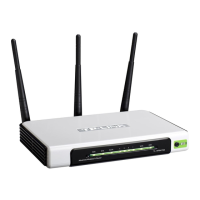
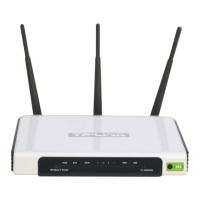
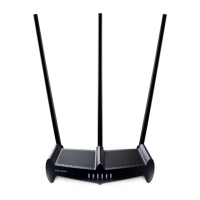
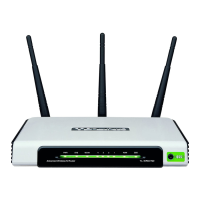
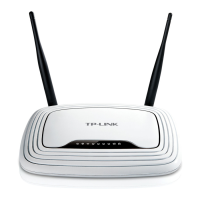
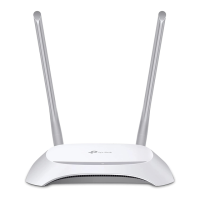
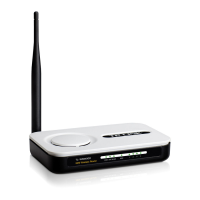
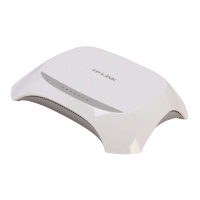
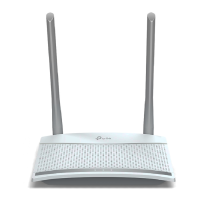
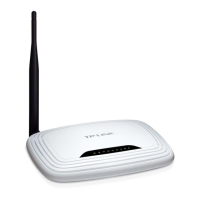
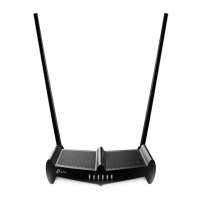
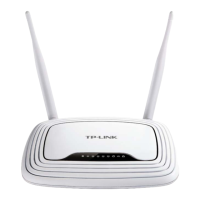
